Free traffic by perfecting Meta Title and other meta data
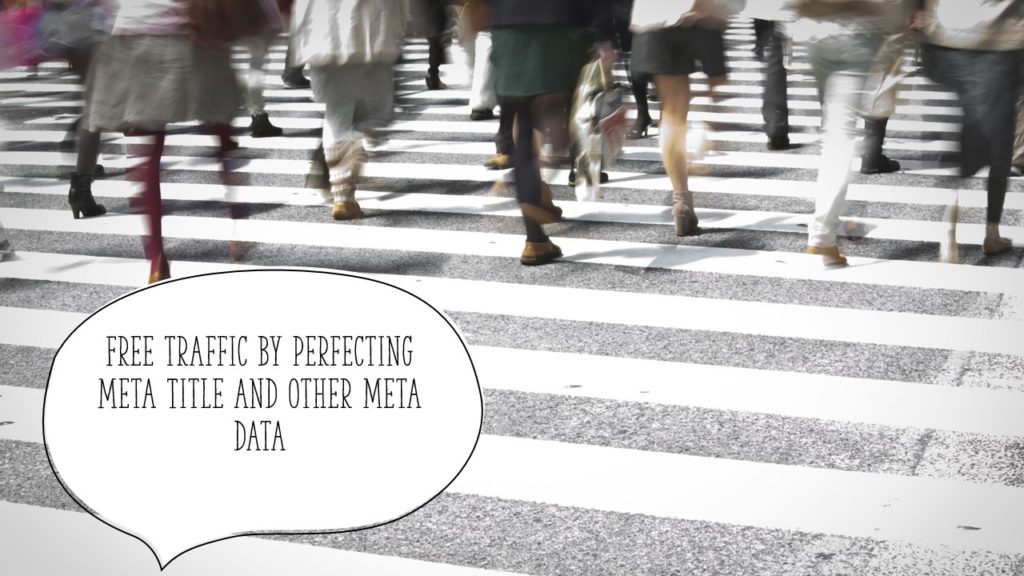
Take advantage of optimized content if you want to improve your free traffic. There are some key ingredients to a successful web page/article being optimized: Title, Alt Tags, description, Linking and keywords.
Title
The title of your web page/article is your web page’s “crowning jewel” and it is the most crucial element of your web page.
The title of your article is also your article’s headline, so it should include your article’s most valuable information.
The title of your article is the first thing your visitor sees on your page, so it should be attention-grabbing. The title should also be unique, so make sure it does not already exist in your article’s body.
To make your article title unique you need to include keywords that are related to your article topic. This will help the search engines to find your article when someone searches for those keywords.
Your meta title is the first thing that people see when they search for your article on Google. It is important to make sure that your meta title is catchy and interesting so that people will want to click on it.
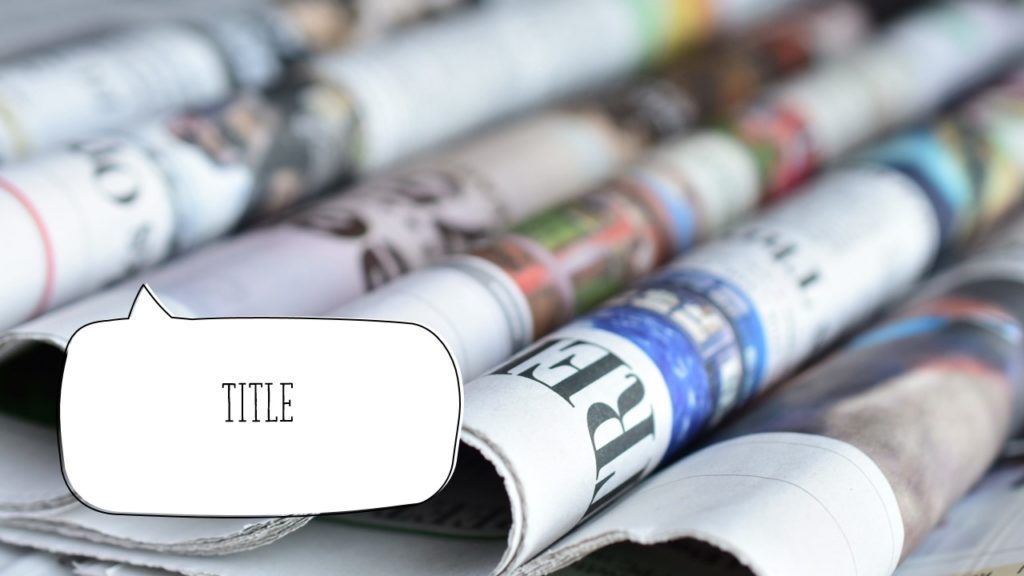
Keywords
Keywords are important because they help Google understand what your article is about. When you use keywords in your article, it helps Google rank your article higher in the search results. This means that more people will see your article, and you will get more traffic to your website.
The keywords that you use in your article’s title should be the same as the keywords that you use in the body of your article. The keywords that you use in the body of your article are used by search engines to find your article.
If you want to increase your traffic and get more visitors to your website, then make sure your keywords are used in the title of your article as well as the body of your article.
Also make sure that your keywords are not too long or too short. Longer keywords are less likely to be found by search engines and short keywords are less likely to be searched for.
Alt Tags
Alt tags are a way of adding extra information to your web page. These tags are not displayed to visitors, but they are used by search engines to determine the content of your web page.
These tags are useful because they will help the search engines to find the keywords that you have used in your article.
Alt tags can be used to describe the image that you have used on your page. They can be used to describe the fonts that you have used, and they can be used to describe the colour of the background of your web page.
Alt tags are also an effective way of giving your web page some extra information without having to write a long description in your article’s body.
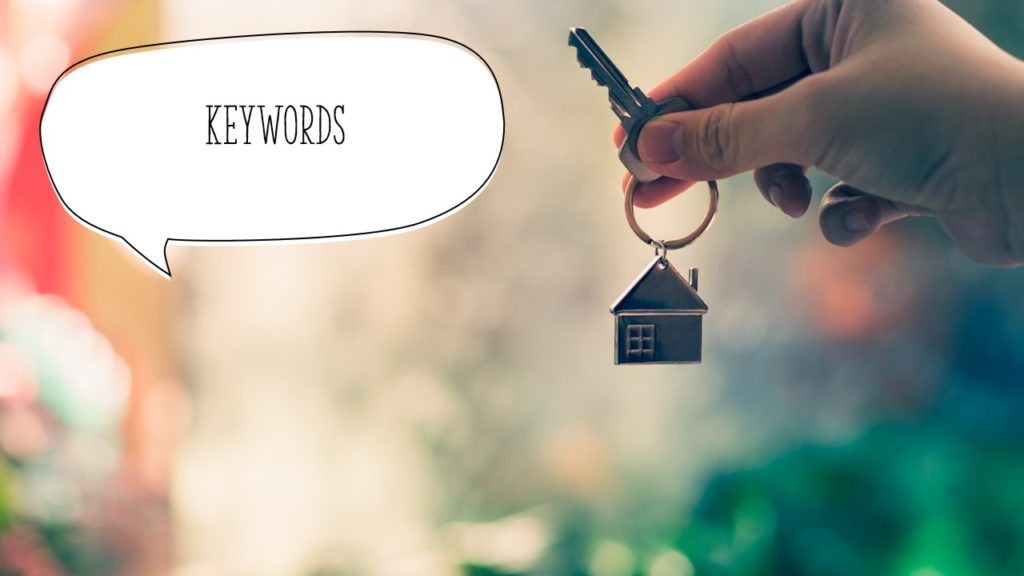
Link
The link that you use in your web page/article can be either a text link or an image link.
A text link is a link that is displayed as text on your web page. A text link is useful because it is easier to make than an image link.
An image link is a link that is displayed as an image on your web page. An image link is useful because it makes your web page look more professional.
An image link is also more likely to be clicked on than a text link. So, if you want to get more traffic to your web page, then make sure that you use an image link.
Your description
Your description is also important because it tells people what your article is about. You want to make sure that your description is interesting and informative so that people will want to read your article.
Let us get into more detail about how we can optimize our articles just with the title.
Optimizing your title is not a perplexing task, it is quite simple to find an alternative title for your article. Click on your articles article title, edit it, and see if you can make it cooler. Here are some suggestions for other feasible alternative titles:
Upgrade (Article Title) – Leverage (Article Title) – Sell (Article Title) – Lease (Article Title) – By (Article Title)
How to add a meta title for your site
Just find an alternative title and paste it in your article text, then double-click to show the meta title in the text box.
Improving the main title
There is a better and more optimized way to improve the main title of your article.
There are several different methods to change the main title, and it is worth looking at how all these work together. There are a lot of different options. The primary problem with any one of them is that they are all quite a bit slower than single link tag generation, which generates a title instantly. If you are really pressed for time and speed, then you could try the all-link tag: and the all meta title: approaches.
Adding links (or using link anchor text) to the body or head of your article is the fastest method for gaining link authority. Simply add a link to the body of your article or head of your article.
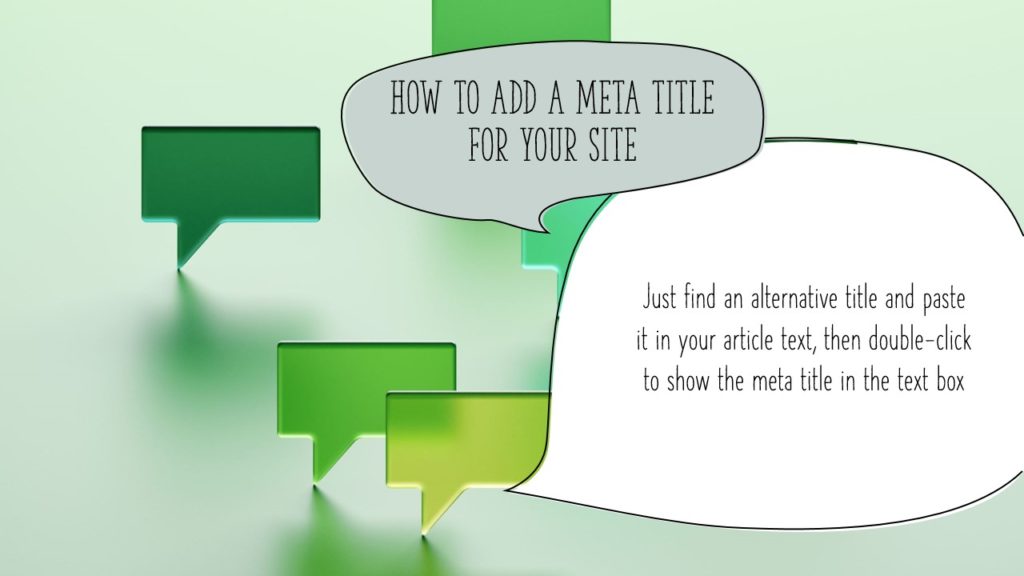
Optimizing meta titles (opt for long-tail keywords)
The keyword to remember with improving your meta title is long-tail keywords. Long-tail keywords are high-quality keywords that have low competition, meaning they are easier to rank for and link back to.
A meta title consisting of keywords that are the same length as the page content can be deceiving. Search engines can interpret short or even similar-length keywords as meta title text when really, they should be meta descriptions. (Google uses a 300-word meta description for every page in results).
Also, you want to ensure the meta title has a specific topic. Otherwise, it might cause Google to recognize you and give you a ranking boost because it is associated with your content. Do not have any problems with search engines remembering the meta title for weeks after your article goes live, but the same cannot be said for a meta title that is a poor match. (A much better meta title can be the meta description.)
Improving meta titles to attract links
Your meta title should be the keyword in the text of your article. Adding links to your meta title can attract links, but it does not guarantee links.
Since the meta title’s emphasis is placed on the content of your article, adding a link to the meta title does not necessarily mean the meta title will directly help attract links. Some search engines do not link back to meta title text.
If you can make the meta title seem relevant or even influential, then this could draw in some quality links. I recommend you focus on adding links to your meta title that help the site or title in the article. Some links help the surrounding content, and others bring in new traffic to the site.
Evaluating linking to meta title
One thing to look for when choosing a linking method is to ensure the link benefits the article and title in the article. You want the link to go directly to the text of the article, so it needs to fit within the main body of the article. It cannot be somewhere far from the main body, like a front-page hyperlink to a sub-head.
Also, make sure the link has relevance to the main text of the article. This means it should not link to a subpage or link to a large image to be placed in the header. The more relevant it is to the main text, the better.
Additionally, search engines require links that point to relevant hyperlinks in the article body. The more relevant the link, the better. It is less likely that search engines will mistake the hyperlink for a regular link.
Here are some suggestions for the type of links to use:
Blog links – this makes sense to use for a blog. You want to make sure your blog does not come up as a spam link in a search query, so you will be linking to specific content rather than the entire website. (This link would work as a blog anchor, not a hyperlink.)
Social bookmarking links – for those times when you need a bit of extra traffic, social bookmarking can be a fantastic way to get new visitors. Many social bookmarking sites give backlinks to non-pay sites, but you still want the website to get some benefit from the link.
Social sharing buttons – these are a little bit different. You will be linking to content that is not relevant to the article, but it can still help to direct people back to the site.
Place a call to action on your meta title
Often, article meta titles do not include a call to action. This is not too uncommon since users only want to read the article and then move on to the next. That is not a terrible thing, though. However, it does mean if you want to gain links to your post, then you need to include a call to action with the article title.
A suitable place to add a call to action to your article meta title is to use a call to action such as “Click here to read more” or “Register for free to download our guide to improving your website.”
This is not necessary, however, given that many search engines are great about detecting content that contains a call to action. This does not always mean you will get a link though. Most search engines ignore or omit a lot of content that contains a call to action.
In addition, sites tend to avoid using the words “click here” in their articles. It can be an opportunity to get attention, though, since users do not typically use the words “click here” in the title of articles.

Conclusion
The most essential elements of your web page are the title, the keywords that you use and the link that you use.
If you want to get more traffic to your website, then make sure that you use optimized titles, keywords, and links.

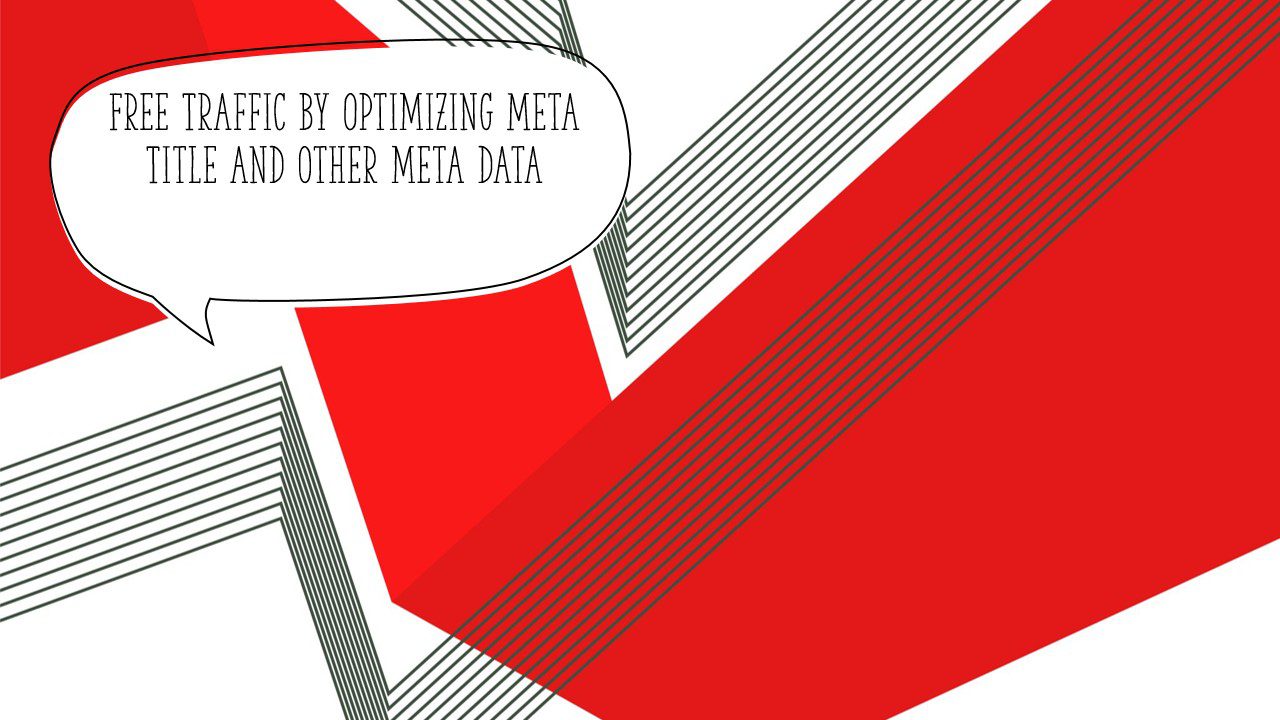
Leave a Reply